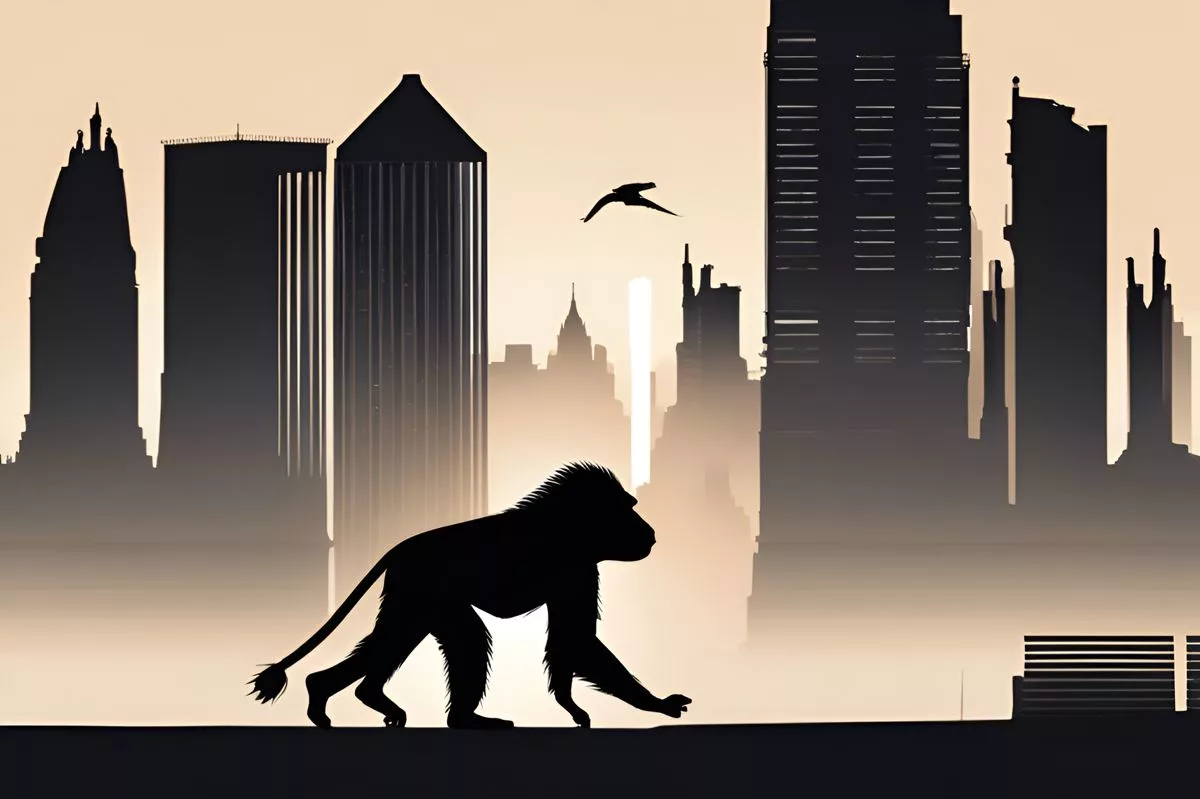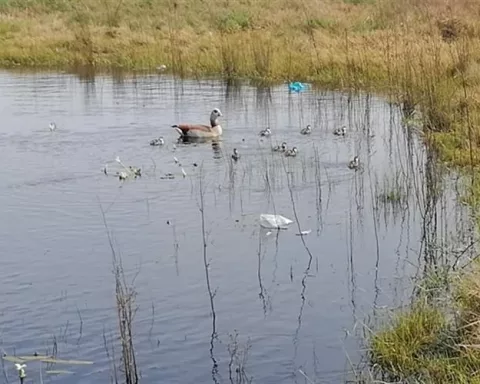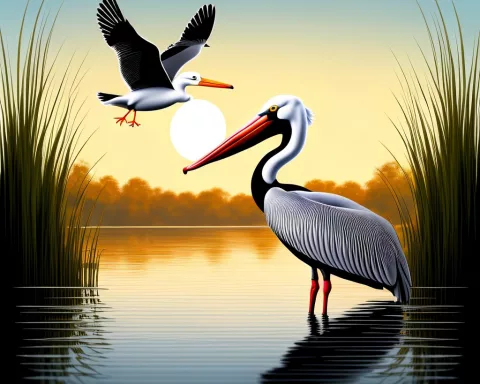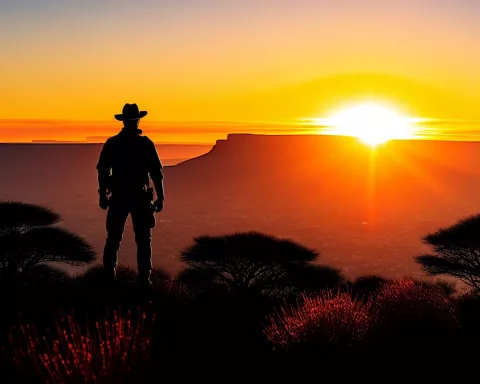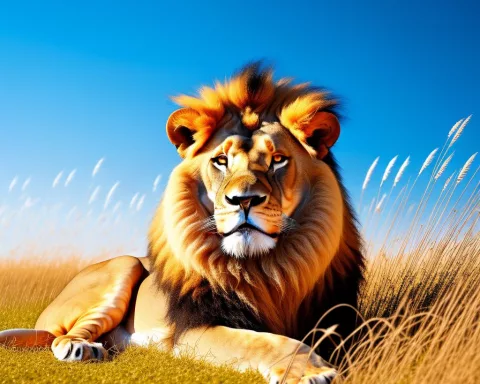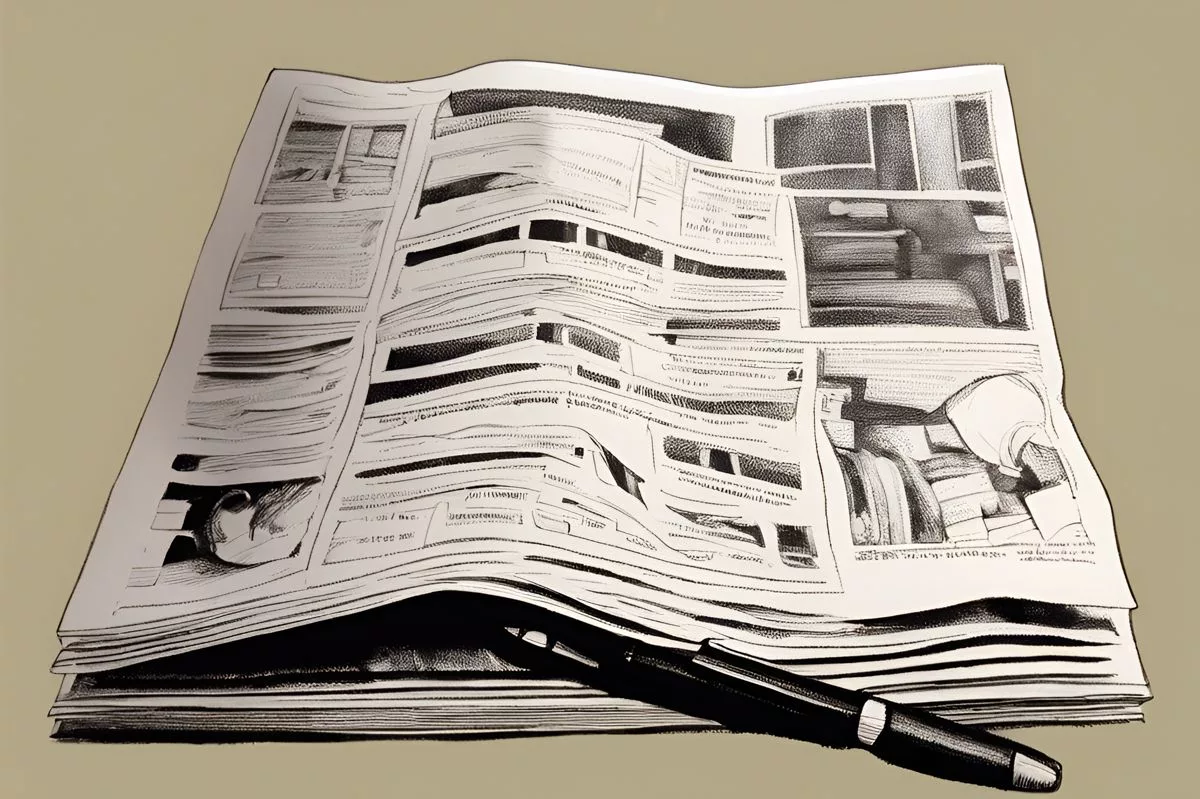A baboon went on a journey from the Cradle of Humankind to the city of Johannesburg, causing anxiety among citizens. The baboon crossed roads and towns before being hit by a vehicle and ultimately euthanized due to serious injuries. This incident highlights the conflict between urban development and wildlife conservation, emphasizing the need for understanding and respecting boundaries between the two.
What happened when a baboon ventured into Johannesburg?
A 14-year-old baboon left the Cradle of Humankind and made its way to Johannesburg, causing anxiety among citizens. The baboon navigated through towns and crossed a busy road, ultimately being hit by a vehicle. Despite efforts to rescue and treat the animal, it suffered from a lung contusion and internal bleeding and was euthanized. The incident highlights the intersection of urban development and wildlife habitats, emphasizing the need for understanding and respecting boundaries between human expansion and wildlife conservation.
Remarkable Urban Encounter
Johannesburg citizens were struck with an unusual wave of anxiety when they had an unlikely visitor in their midst—a 14-year-old baboon. The creature, believed to have fled from the [Cradle of Humankind](https://capetown.today/tracing-human-origins-south-africas-pleistocene-occupation-sites-on-the-path-to-unesco-world-heritage-status/), had strayed into the city’s precincts. This journey of the baboon was nothing less than a tragic adventure that began in the serene wilderness of the Cradle of Humankind and concluded abruptly on a busy highway.
Brendan Murray, a member of the Owl Rescue Centre, was following the unusual journey of the baboon with keen interest. The first time this unexpected visitor was spotted was in the town of Bantu, situated near the Cradle of Humankind. From there, the baboon navigated through Lanseria, moved on to Manandi, proceeded to Sadlebrook, crossed Beaulieu and Kyalami, and finally surfaced in the cityscape of Paulshof.
Intriguing Behaviour and Tragic Incident
What Murray found peculiar about the baboon was its behaviour. He remarked, “Usually, these male baboons don’t cross over a busy road.” However, this particular baboon did, and that’s when the unfortunate incident happened. The baboon was hit by a fast-moving vehicle. Traumatized and possibly suffering from concussion, the baboon rested on the highway momentarily, before making its way into the Rietvallei Nature Reserve.
The baboon, though injured, was not easily located. “By the time we were on our way, he was off the highway, and it took us about three hours to locate him,” Murray recounted. Upon locating the injured baboon, it was immediately taken to the Bryanston Avian, Exotic, and Small Animal Clinic. However, the injuries sustained from the accident were profoundly serious. The fatal collision had resulted in a lung contusion, leading to internal bleeding.
Mystery of the Baboon’s Motive
Initially, the rescue team assumed that the baboon was young, but a closer examination of the primate’s teeth revealed that he was middle-aged. The reason behind the baboon’s hurried and perilous journey into the city is still debatable. While the relocation of young male baboons from one group to another is a common occurrence, typically to prevent inbreeding, the older male’s objective was unclear.
Murray suggested that the baboon might have intended to become a ‘no-mate,’ a solitary status not unheard of in the primate world. The baboon’s unfortunate journey into the city could be evidence supporting this theory.
A Reminder of the Urban-Wildlife Clash
This particular incident sharply highlights the often devastating intersection of urban development and wildlife habitats. Despite the rescue team and veterinarians’ best efforts, the outcome was grim. “I can’t say we could have prevented this tragedy, but we’ll try to do better next time,” a resolute Murray expressed. This unfortunate event mirrors a similar incident in Cape Town the previous year where a baboon had to be euthanized after a troubling interaction with humans.
The story of this baboon’s unfortunate venture into the city underscores the need for understanding and respecting the boundaries between human expansion and wildlife conservation. As we continue to encroach upon natural habitats, it’s crucial to remember the animals that have had these territories as their homes long before us. They, too, deserve thoughtfulness and care as we collectively inhabit this world.
What was the reason behind the baboon’s journey into the city?
The reason behind the baboon’s journey into the city is still unclear. While it’s common for young male baboons to be relocated from one group to another, the middle-aged baboon’s objective was unknown. Some speculate that the baboon might have intended to become a ‘no-mate,’ a solitary status not unheard of in the primate world.
How did the baboon get injured?
The baboon was hit by a fast-moving vehicle while crossing a busy road. It suffered from a lung contusion and internal bleeding, leading to euthanasia due to the severity of its injuries.
What efforts were made to rescue and treat the baboon?
Efforts were made to rescue and treat the baboon. After being hit by a vehicle, the baboon made its way into the Rietvallei Nature Reserve, where it was eventually located by the rescue team. It was immediately taken to the Bryanston Avian, Exotic, and Small Animal Clinic, but unfortunately, its injuries were too severe.
What is the significance of this incident?
This incident highlights the conflict between urban development and wildlife conservation. As we continue to encroach upon natural habitats, it’s crucial to remember the animals that have had these territories as their homes long before us. It emphasizes the need for understanding and respecting boundaries between human expansion and wildlife conservation.
Are there any similar incidents?
A similar incident occurred in Cape Town the previous year where a baboon had to be euthanized after a troubling interaction with humans.
What can we do to prevent such incidents?
We can prevent such incidents by understanding and respecting the boundaries between human expansion and wildlife conservation. It’s crucial to remember the animals that have had these territories as their homes long before us and to implement sustainable conservation practices.

